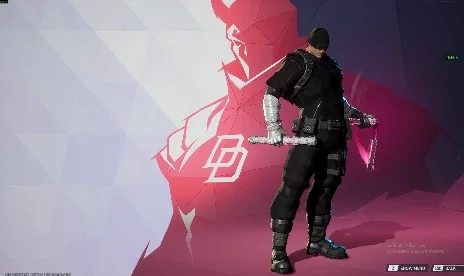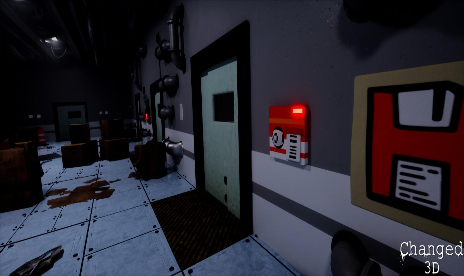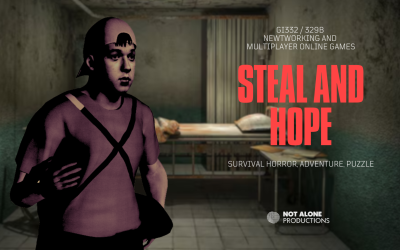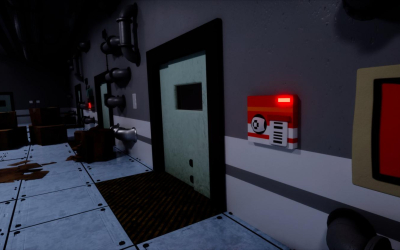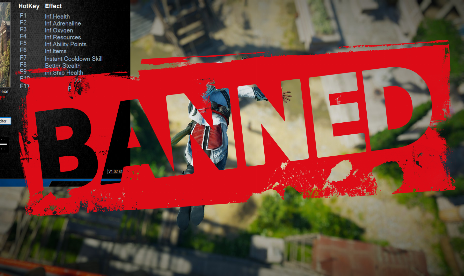Oculus Rift Doesn’t Support “Room Scale Virtual Reality”

While HTC Vive is able to track players’ movements in a 15 by 15 foot area, Oculus Rift is only able to track a 5 by 11 foot area – and only after purchasing an optional addon.
At launch, the Oculus Rift will ship with a base sensor that tracks player’s movements only while standing still. A second sensor will ship along with the Oculus Touch controller later this year. Using both sensors together, the Oculus will be able to track player’s movements in 1.5 by 3.3 meters area.
The room area Oculus Rift covers using both sensors is actually a quarter of that covered by the vanilla HTC Vive, but Oculus VR studios head Jason Rubin believes that this is not a problem. After affirming that Oculus already has the technical ability to provide room scale virtual reality, Rubin noted that they “don’t believe that the consumer has […] the commercial viable space of the 15-by-15 foot square.”
Rubin’s remark is in line with a recent survey of more than 2,000 VR enthusiasts conducted by Valve which revealed that the average space respondents are willing to clear for virtual reality is 8.5 by 9 feet (2.6 by 2.75 meters).
Perhaps a VR locomotion simulator such as the Virtuix Omni is a more practical solution to virtual reality movement.





![theHunter: Call of the Wild v3117436 (+17 Trainer) [iNvIcTUs oRCuS]](https://9588947a.delivery.rocketcdn.me/wp-content/uploads/2024/01/thehunter-call-of-the-wild-v1.19-scr-01_0-464x276.jpg)

![Final Fantasy VII Rebirth v1.0+ (+58 Trainer) [FLiNG] – Update November 2025](https://9588947a.delivery.rocketcdn.me/wp-content/uploads/2024/02/final-fantasy-vii-rebirth-1-464x276.jpg)


